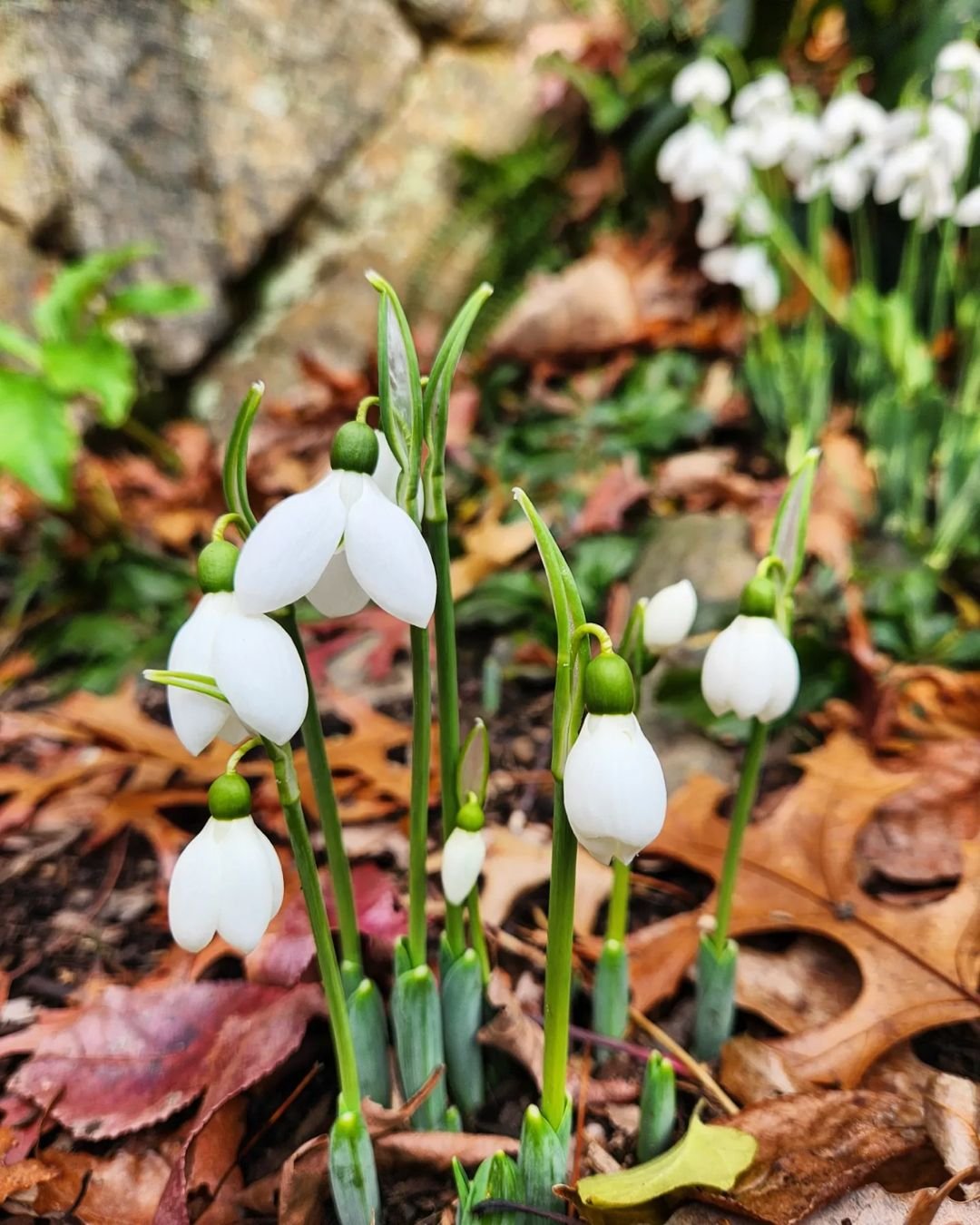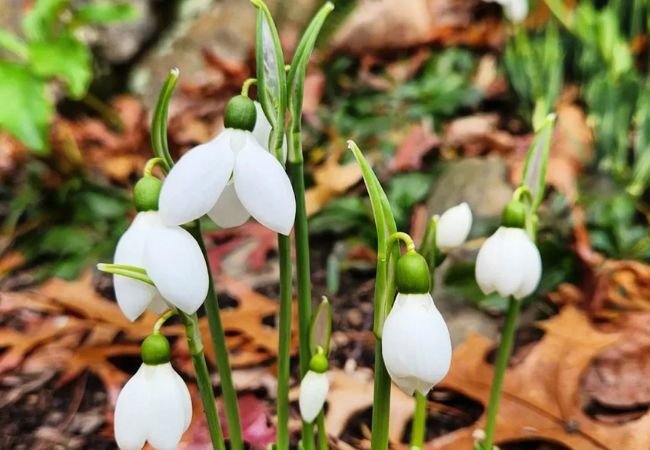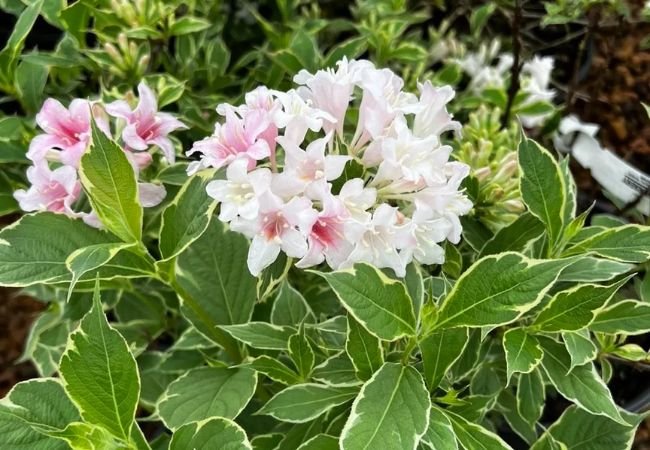Explore the enchanting world of Snowdrop Flowers. Learn about their varieties, planting tips and significance as early spring bloomers. Perfect for gardeners eager to welcome the first signs of spring.
Snowdrop flowers (Galanthus) are beloved for their delicate white blooms that often push through snow, signaling the end of winter. These small but resilient flowers bring hope and beauty to gardens when most other plants are still dormant. In this article, we’ll explore the world of Snowdrops and how to grow these charming harbingers of spring.
Here’s a detailed chart for Snowdrop flowers:
| Category | Information |
|---|---|
| Botanical name | Galanthus spp. |
| Common name | Snowdrop |
| Plant type | Perennial bulb |
| Hardiness zone | Zones 3-7 |
| Sun exposure | Full sun to part shade |
| Soil type | Well-drained, humus-rich soil |
| Watering | Moderate, keep soil moist |
| Growth habit | Clumping |
| Height/Spread | 3-6 inches tall, 3-6 inches wide |
| Special features | Delicate, nodding white flowers that bloom in late winter to early spring; deer and rodent resistant; often one of the first flowers to bloom in the spring |
What Are Snowdrop Flowers?

Snowdrops belong to the Amaryllidaceae family. They are small, bulbous perennials known for their white, drooping flowers that appear in late winter or early spring. The name “Galanthus” comes from Greek words meaning “milk flower,” referring to their pure white color.
Types of Snowdrops
While there are many Snowdrop species and cultivars, some common ones include:
- Common Snowdrop (Galanthus nivalis): The most widely known species
- Giant Snowdrop (Galanthus elwesii): Larger flowers and leaves
- Crimean Snowdrop (Galanthus plicatus): Distinctive folded leaf edges
Growing Snowdrops
Planting
- Plant Snowdrop bulbs in fall, about 2-3 inches deep and 3 inches apart.
- Choose a spot with well-draining soil and partial shade.
- Snowdrops prefer areas under deciduous trees or shrubs.
Caring for Snowdrops
- Water moderately during the growing season, but allow soil to dry between waterings.
- Fertilize with a balanced, slow-release bulb fertilizer in fall.
- Allow foliage to die back naturally to feed the bulbs for next year’s growth.
For more detailed care instructions, visit the Cooperative Extension System website and search for your local extension office.
Pests and Diseases
Snowdrops are generally resistant to pests and diseases, but can occasionally face issues:
- Bulb rot: This can occur in overly wet conditions. Ensure good drainage.
- Narcissus fly: The larvae can damage bulbs. Plant bulbs deeper to deter this pest.
Uses of Snowdrops in the Garden
Naturalizing
Snowdrops are perfect for naturalizing:
- Plant under deciduous trees for a woodland garden effect
- Allow them to spread in lawns for a carpet of early spring blooms
- Use in rock gardens or along pathways
Container Gardening
Snowdrops can be grown in containers:
- Plant in shallow pots or window boxes
- Mix with other spring-blooming bulbs for a colorful display
- Use in outdoor containers in areas with mild winters
Early Spring Gardens
Snowdrops are valuable in early spring gardens:
- Plant with other early bloomers like crocuses and winter aconites
- Use to edge flower beds or borders
- Plant near entryways or frequently viewed areas for early enjoyment
Fun Facts About Snowdrops
- Snowdrops contain compounds that may have potential medicinal uses, including a substance being studied for Alzheimer’s treatment.
- In the language of flowers, Snowdrops symbolize hope and the promise of spring.
- Snowdrops are often featured in folklore and literature as symbols of purity and resilience.
Snowdrops for Pollinators
Snowdrops play a crucial role in early spring ecosystems:
- They provide early nectar for bees and other pollinators
- They can be an important food source for emerging insects
- Planting Snowdrops can help support local biodiversity
Conservation Note
Some Snowdrop species are threatened in their native habitats. Always purchase bulbs from reputable sources that cultivate rather than wild-collect. For information on plant conservation, visit the U.S. Fish & Wildlife Service native plants program.
Snowdrop flowers, with their delicate white blooms and early appearance, are a cherished sign of spring’s approach. Whether you’re planting them in woodland settings, containers or allowing them to naturalize in your lawn, these hardy bulbs are sure to bring joy in the late winter and early spring garden.
From their ability to bloom through snow to their importance for early pollinators, Snowdrops offer something special for every gardener. With proper planting and minimal care, you can enjoy these enchanting flowers year after year, welcoming spring with their pristine blooms. Happy gardening with Snowdrops!
For more gardening tips and plant care guides, visit usagardenhub.com.






